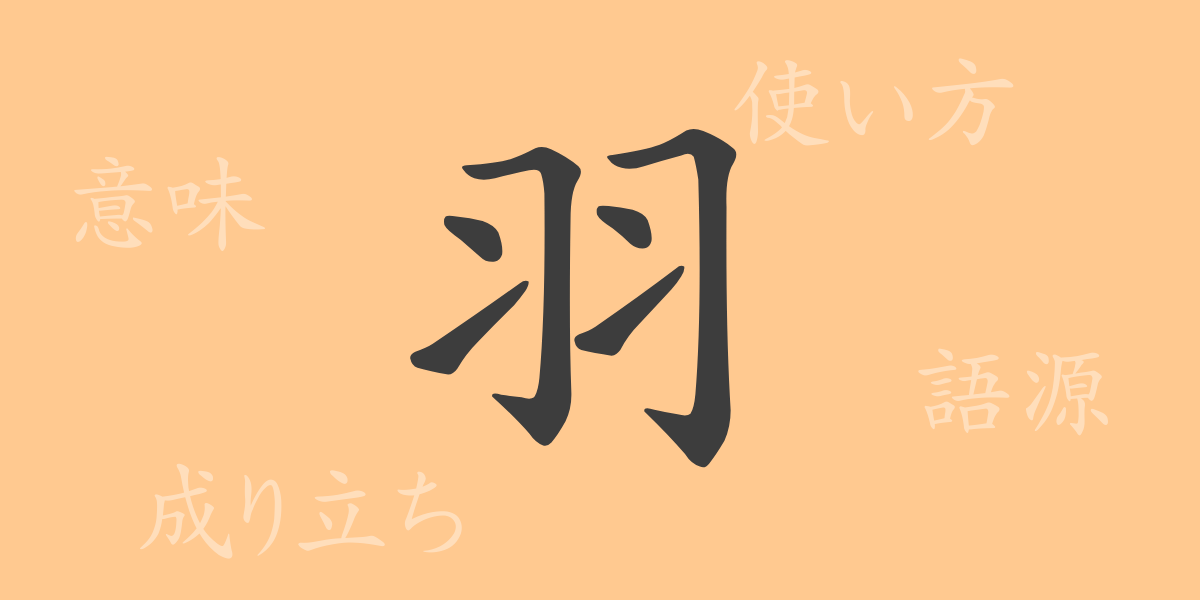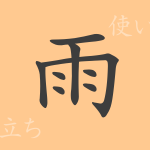“
“”羽”” ( hane), deeply rooted in Japanese culture and often seen in poetry, literature, and daily life. We will explore the rich meanings of this single character and how it blends into our everyday lives. “”羽”” is not just a character; it is like a mirror reflecting the hearts of Japanese people. In this article, we will unravel its historical background, modern usage, and even expressions using “”羽””.
The Origin of 羽 ( hane)
The character “”羽”” is a kanji that depicts a bird’s feather. In ancient China, it was created by imitating the shape of a bird’s feather, expressing the beauty and lightness of flying. Additionally, “”羽”” has been regarded as a symbol of freedom and liberation, stemming from the image of birds freely flying in the sky. Although the shape of “”羽”” has changed over time, its fundamental meaning has been passed down unchanged.
The Meaning and Usage of 羽 ( hane)
The character “”羽”” is used as a word symbolizing lightness, softness, and speed, as it refers to a bird’s feather. It can also be used to describe the action of a bird taking off, such as in “”羽ばたく”” (habataku). Furthermore, “”羽”” can be used to express a person’s growth and leaps, demonstrating its presence in many situations.
Reading, Stroke Count, and Radical of 羽 (hane)
The kanji “”羽”” has basic information:
- Reading: The on’yomi (Chinese reading) is “”U”” , and the kun’yomi (Japanese reading) is “”Hane”” .
- Stroke Count: 6 strokes in total
- Radical: 羽部 ( hanehen)
Compound Words, Idioms, and Proverbs Using 羽 (hane) and Their Meanings
There are numerous compound words, idioms, and proverbs containing “”羽”” in Japanese. For example, “”羽を伸ばす”” ( hane- wo- nobasu) means to be freed from restraints and act freely, while “”羽をつける”” ( hane- wo -tsukeru) expresses the rapid progress of something. Additionally, the counting method “”一羽二羽”” ( ichiwa niwa) is used when counting birds or chickens. These words are vividly used in everyday conversations and literature.
Conclusion on 羽 (hane)
The kanji “”羽”” expresses concepts such as lightness, freedom, and growth, which are associated with its shape. In the Japanese language, “”羽”” is used in various forms, such as compound words, idioms, and proverbs, adding depth and color to our words. By understanding the unique charm of this single character, we can feel the richness of the Japanese language more deeply.
“

























